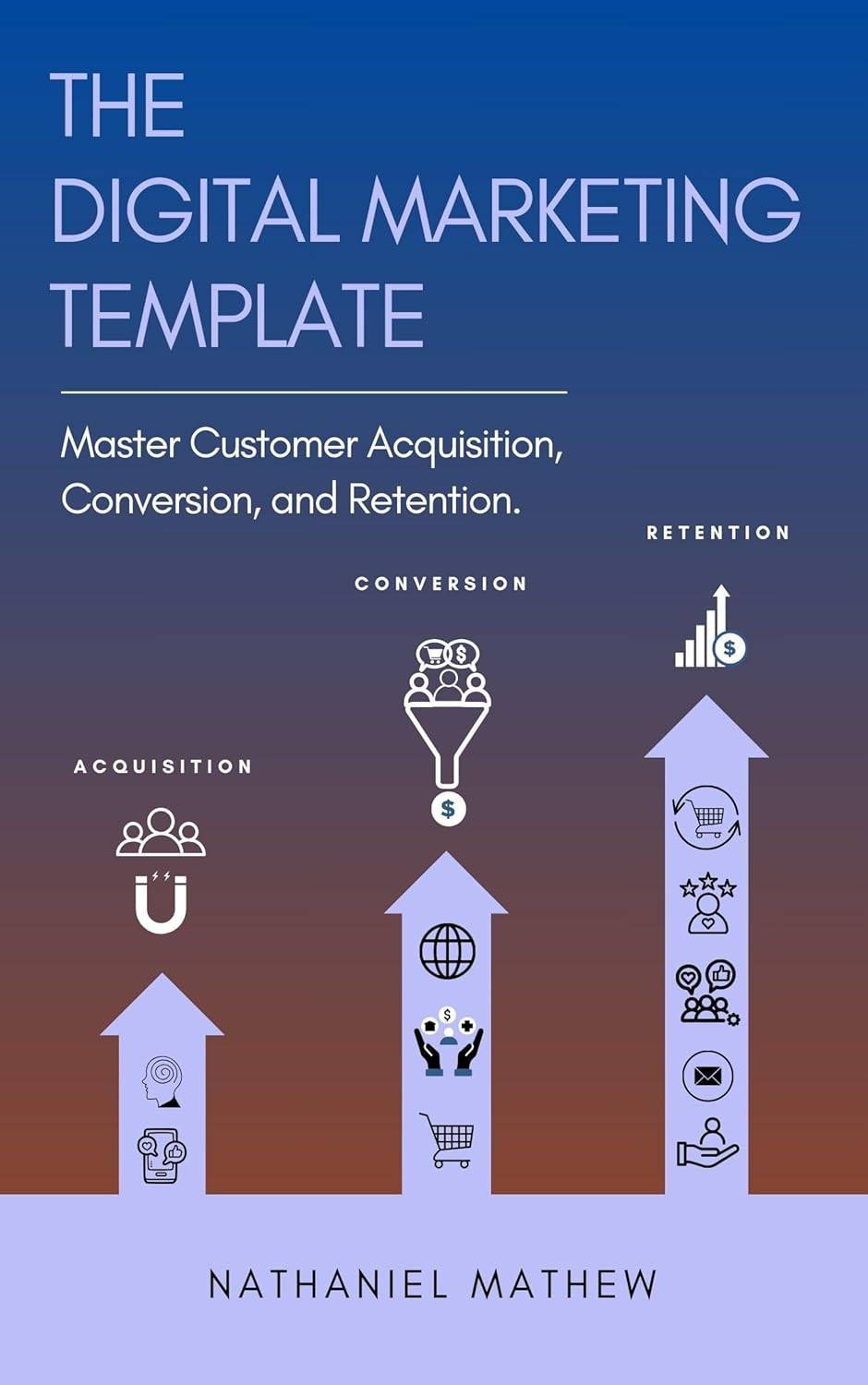Set Up Local SEO the Right Way in 2025
Learn how to build a strong Local SEO foundation by setting up and optimising your Google Business Profile, NAP citations, and local content strategy.
Last updated: May 18, 2025

Set Up Local SEO the Right Way in 2025
Introduction
Local SEO is essential if you run a business that serves a specific geographic area. Whether you're a plumber in Norwich or a florist in Manchester, your visibility in local search results makes or breaks inbound traffic. This guide walks you through the foundational steps; no filler, no outdated advice.
TL;DR
To win local search in 2025, claim and optimize your Google Business Profile, keep your business info consistent everywhere, and create content that speaks to your local audience. Focus on trust, relevance, and real engagement—these are the keys to local SEO success.
Recommended Reading
Why This Topic Matters
Without a well-optimised local presence, you won't appear in local packs or map results even if your site ranks organically. It's especially critical as mobile searches like "near me" dominate local discovery. Skipping this puts you below competitors, even when your services are better.
Step 1: Claim and Optimise Your Google Business Profile
Go to Google Business and claim your listing. Use your real business name and address. Complete every section:
- Description with local keywords
- Service areas and categories
- Accurate opening hours
- Photos and branding
Verify your profile and keep it updated monthly.
Step 2: Fix Your NAP Citations
NAP stands for Name, Address, Phone number. Google checks for consistency across directories. Use tools like Moz Local, BrightLocal, or Yext to scan your listings. Fix inconsistencies on:
- Yelp
- Apple Maps
- Bing Places
- Industry directories (e.g. Checkatrade, Houzz)
Step 3: Add Local Schema Markup
Implement localBusiness schema on your site's contact and homepage. Include:
@type: LocalBusiness- Address
- Phone number
- Opening hours
Use Schema.org and validate with Google's Rich Results Test.
Step 4: Create Location-Focused Content
Write blog posts and landing pages that mention your city, neighbourhood, and relevant local topics. Avoid keyword stuffing; aim for natural phrasing. Examples:
- "How We Helped a Small Business in Leeds Rank #1 for Florists"
- "Best SEO Tools for Birmingham Startups in 2025"
Step 5: Earn Local Reviews
Encourage satisfied customers to leave reviews on your Google Business Profile. Respond to all of them. Avoid fake reviews; they are easily flagged and can result in penalties.
Other Common Issues
Fake addresses: Using a virtual office or mailbox can get you suspended.
Inconsistent NAP data: Even small formatting errors may confuse Google.
Wrong categories: Choose the most specific category available, not a generic one.
Recommended Tools
Google Business Profile – Official dashboard for local visibility.
BrightLocal – Audit citations, track rankings, and manage reviews.
Moz Local – Automate citation cleanup and tracking.
PlePer Chrome Extension – See local competitors' GMB category data.
Whitespark – Local link building and citation tools.
When to Hire Help
Hire a specialist if you manage multiple locations, need citation cleanup at scale, or are recovering from a suspension. These scenarios often require tools, manual outreach, or direct Google support.
Final Takeaway
You can't dominate local search without getting the basics right. This guide helps you build a solid foundation for Local SEO success in 2025.



